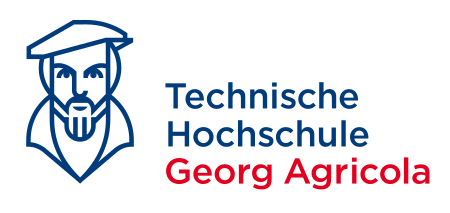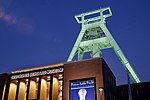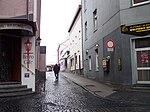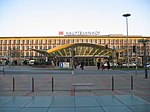Technische Hochschule Georg Agricola

The Technische Hochschule Georg Agricola (THGA, formerly also known as FH Bergbau and TFH Bochum) is a state-accredited, private university of applied sciences based in Bochum, Germany. It was founded in 1816 as a Bergschule (mining school) to train mining officials and mining foremen (Steiger) and, in the 20th century, grew into an engineering college and later a university. It has borne the name of the polymath and mining pioneer Georgius Agricola since 1995. Today, the institution offers 14 bachelor's and master's degree courses in the fields of geological resources and process engineering, mechanical engineering, materials sciences, electrical engineering and information technology as well as industrial engineering. During the 2017/2018 winter semester, there were roughly 2,500 students enrolled on courses at THGA, of which around 55% had registered for a part-time degree.One of the main areas of focus of THGA is research into post-mining.
Excerpt from the Wikipedia article Technische Hochschule Georg Agricola (License: CC BY-SA 3.0, Authors, Images).Technische Hochschule Georg Agricola
Nordring, Bochum Innenstadt
Geographical coordinates (GPS) Address Nearby Places Show on map
Geographical coordinates (GPS)
| Latitude | Longitude |
|---|---|
| N 51.4875 ° | E 7.2133333333333 ° |
Address
Nordring 24
44787 Bochum, Innenstadt
North Rhine-Westphalia, Germany
Open on Google Maps










